Understand the Reasons Behind a Blown Fuse Box and Their Implications for Your Home
A fuse box may experience failure due to various factors, such as overloaded circuits, short circuits, faulty appliances, or the natural decline of aging components over time. Particularly, older fuse boards that utilize ceramic fuses are highly susceptible to malfunction as they deteriorate. A blown fuse serves as a critical alert that the electrical system has exceeded its safe operational capacity, prompting immediate inspection to prevent further complications and ensuring the safety of your living environment.
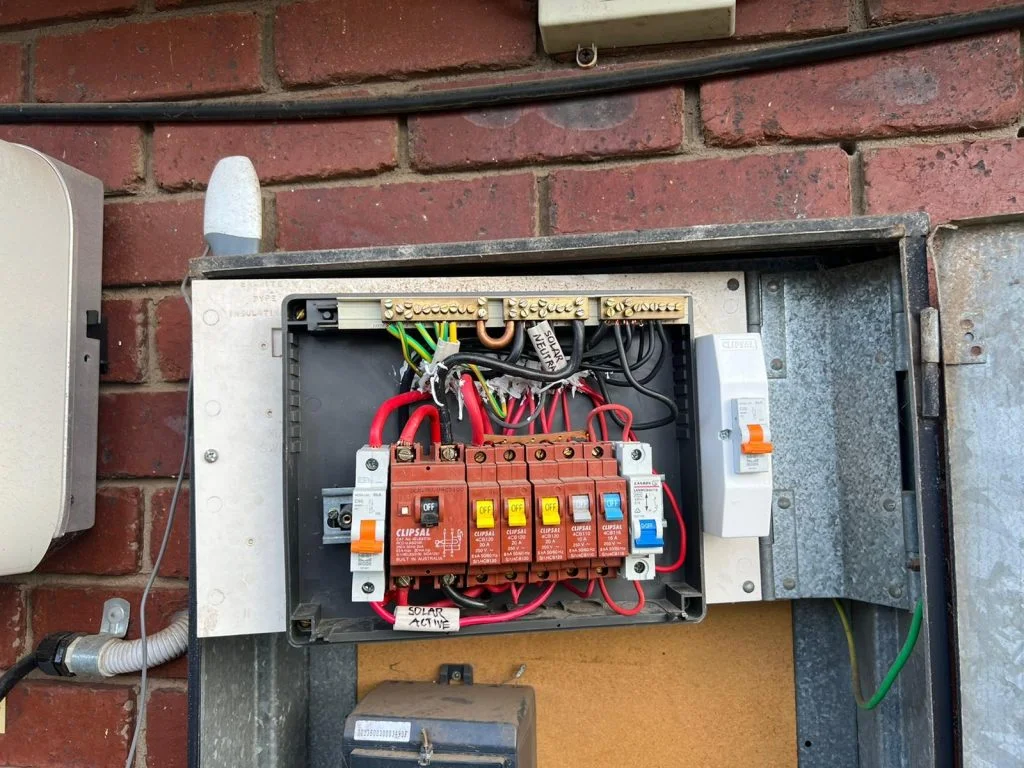
A Blown Fuse Box: An Indication of Serious Electrical Issues Beyond Just Power Outages!
Residents in the western suburbs of Melbourne frequently contact us when they encounter unexpected power outages. Whether the problems arise from burned wiring, melted electrical tape, or persistent circuit tripping, it is crucial to understand the root causes to prioritize safety. This article aims to deliver a comprehensive guide on potential issues impacting your electrical system and outline the most effective steps to take in order to restore both safety and functionality in your home.
1. Spotting the Warning Signs of a Blown Fuse Box
While not every power outage signals a malfunctioning fuse box, there are specific warning signs you should remain alert for. These signs include:
- Partial or total power loss in your home
- Inability to reset one or multiple circuits after tripping
- Burning plastic smell near the fuse board, potentially indicating overheating
- Visible black marks or melted plastic around the fuses, signaling possible damage
- Ceramic fuse wire that has snapped or completely disintegrated
If you are uncertain about your fuse box's condition, our Emergency Electricians are available to inspect, repair, or safely replace any faulty components to ensure that your electrical system remains safe and functional.
2. Discovering the Common Causes of a Blown Fuse
Overloading Circuits with High-Power Appliances
Using multiple high-draw appliances on a single circuit can easily exceed the fuse’s amp rating. For example, operating your oven, kettle, and toaster simultaneously can lead to an overload scenario. This situation places excessive strain on the fuse, heightening the risk of it blowing and potentially resulting in a fire hazard.
Short Circuits Caused by Damaged Wiring
A short circuit can occur when there is compromised wiring or a malfunctioning appliance that diverts electrical current away from its intended route. This can lead to an immediate fuse blow or circuit breaker trip, creating a hazardous situation that necessitates urgent intervention by a qualified electrician.
Degradation of Components Due to Age
With time, older ceramic fuses may suffer from corrosion, loosening, or general deterioration. As heat builds up from inefficient electrical flow, the fuse can ultimately fail, indicating the need for immediate replacement and possibly upgrades to align with modern standards for improved reliability.
Problems Arising from Incorrect Fuse Wire Installation
It is not uncommon to find incorrect wire ratings in fuse installations—either too weak, leading to frequent failures, or too strong, creating significant dangers by failing to adequately safeguard the circuit. Installing the correct type of fuse wire is essential for maintaining safety and ensuring proper functionality.
-
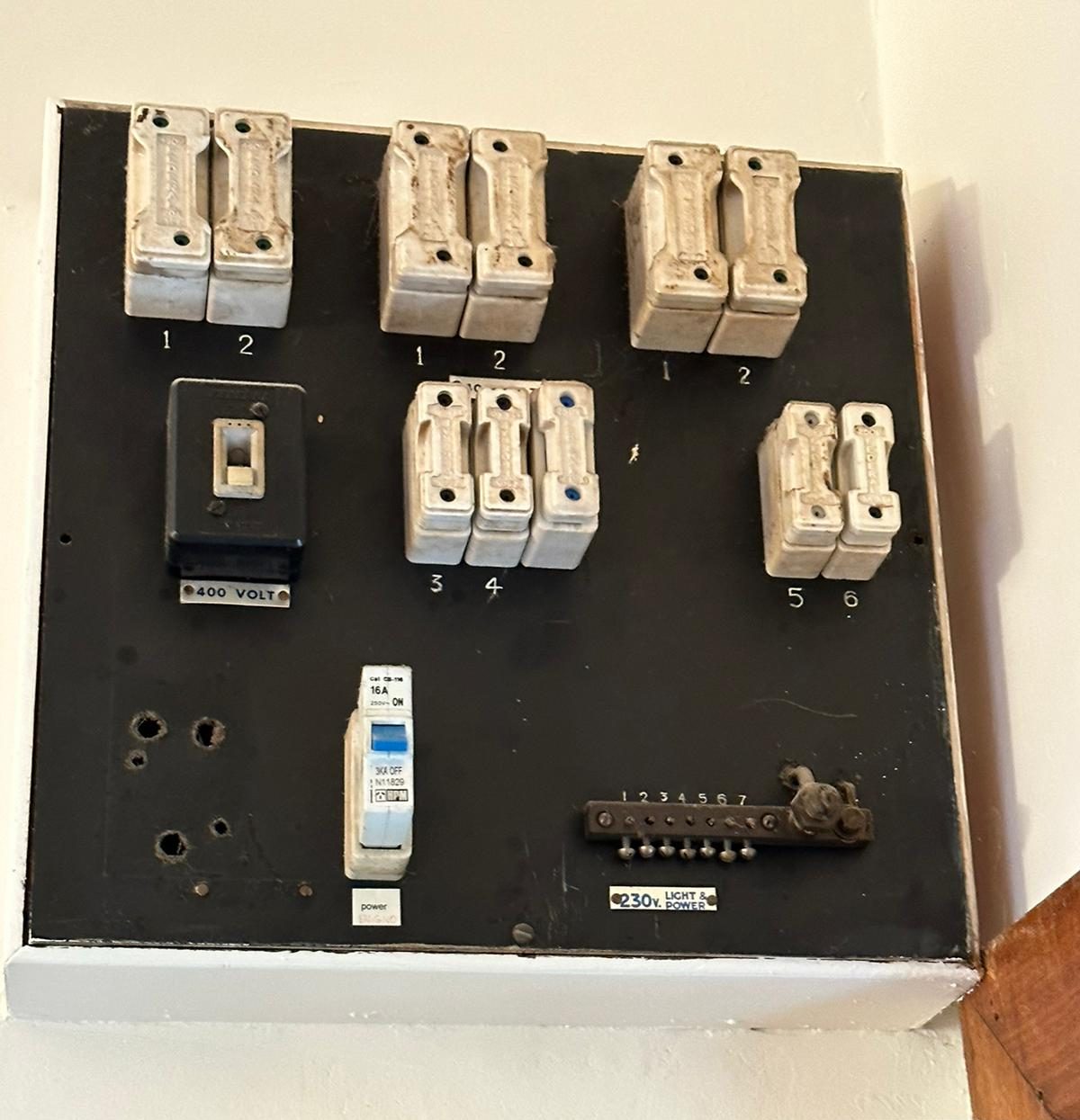 Old Ceramic Plugs
Old Ceramic Plugs -
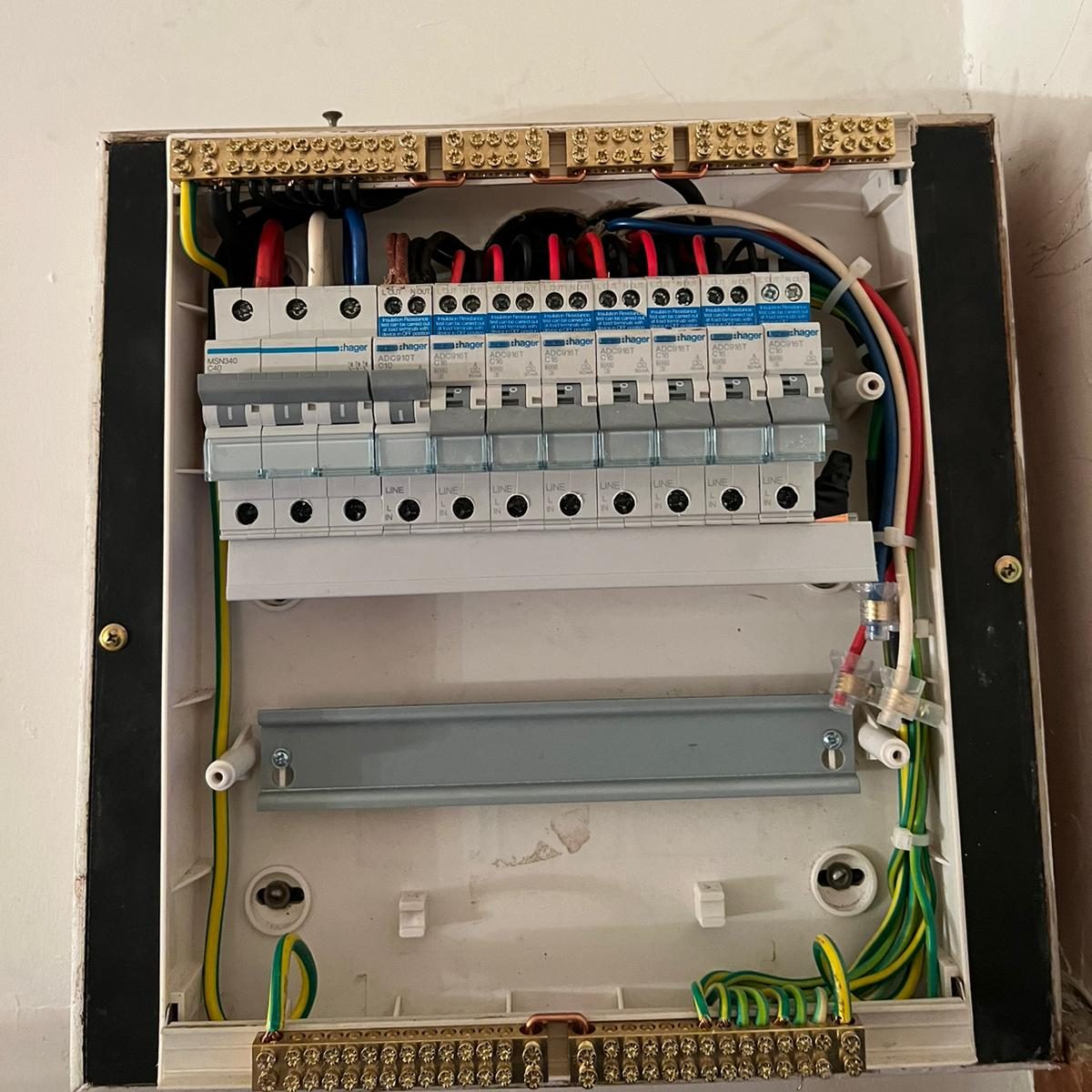 Now Upgraded
Now Upgraded
3. Evaluating the Safety Features of Ceramic Fuses vs. Modern Circuit Breakers
If your home still depends on ceramic plug-in fuses, it is crucial to consider upgrading your switchboard. Ceramic fuses are:
- Slower to trip during a fault condition
- More susceptible to unsafe bypassing by users
- Prone to user errors, such as improper fuse wire installations or poor connections
- Provide no protection against electric shocks, putting users at risk
In contrast, modern switchboards feature circuit breakers and RCDs (Residual Current Devices). These advanced devices trip automatically and can reset quickly without requiring the physical replacement of wires. If your fuse box resembles an outdated model from the 1970s, it is undoubtedly time for a Switchboard Upgrade to enhance both safety and reliability within your home.
4. Essential Steps to Take When Dealing with a Fuse Box Problem
If you are only facing a tripped breaker, you can follow these recommended actions:
- Unplug all appliances linked to that specific circuit to reduce the load
- Carefully attempt to reset the switch
- Gradually reconnect items one at a time
- If the breaker trips again, leave it off and contact us for immediate support
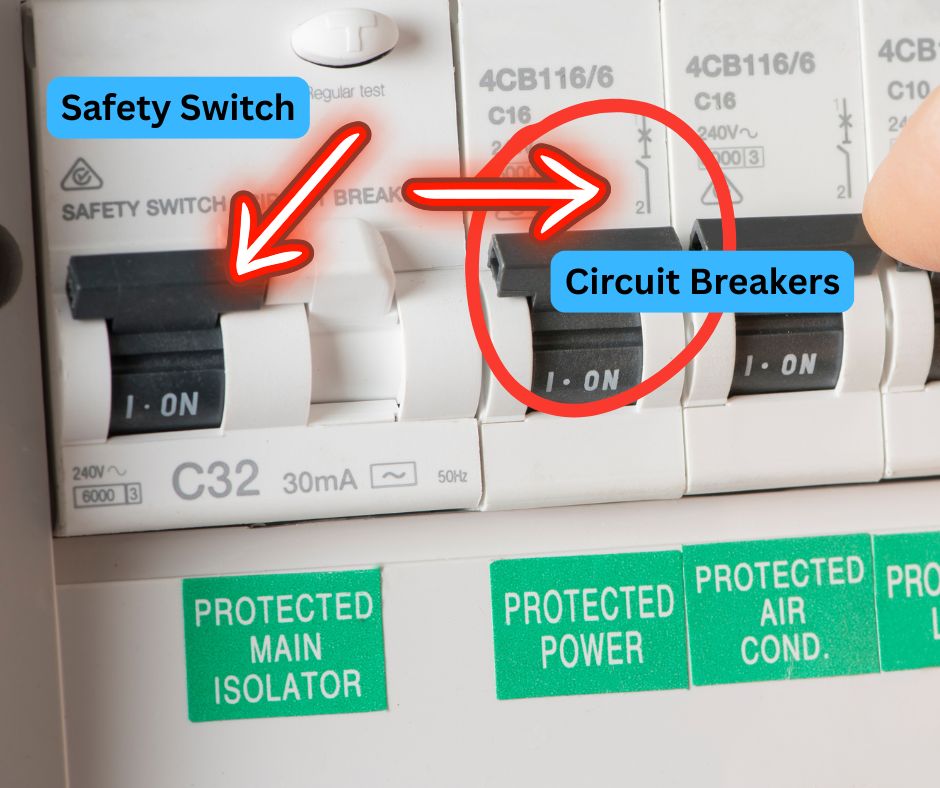
Steps to Follow When Facing a Ceramic Fuse Issue
- Do NOT attempt to replace the fuse wire yourself unless you are a licensed electrician, as this can be hazardous
- Avoid any DIY repairs, as they can pose safety risks and may violate legal regulations
- Switch off power at the main switch and reach out to Electrx for professional assistance
5. Our Comprehensive Procedure for Repairing Blown Fuse Boxes
Our skilled team will initiate the process by isolating the fault and performing thorough circuit tests using safe, industry-standard tools. Our methodical approach comprises:
- Identifying the exact cause behind the blown fuse
- Testing appliances to see if they are contributing to the problem
- Replacing any burnt or damaged fuse carriers
- Upgrading to a circuit breaker or RCBO when applicable
- Issuing a Certificate of Electrical Safety for all completed work to ensure compliance
If your fuse board is outdated, we will discuss options for modernization, incorporating RCD protection and optimizing circuit layouts for enhanced safety and efficiency.
When Is It Time to Consult a Qualified Electrician?
Experiencing a blown fuse once might just be a stroke of bad luck. However, if this issue recurs or if your fuse box shows signs of significant aging, it is crucial to take proactive measures. Contact Electrx to have your system thoroughly evaluated, pinpoint any faults, and ensure the problem is addressed effectively on the first visit. We are dedicated to keeping your power running smoothly and ensuring your home remains safe.
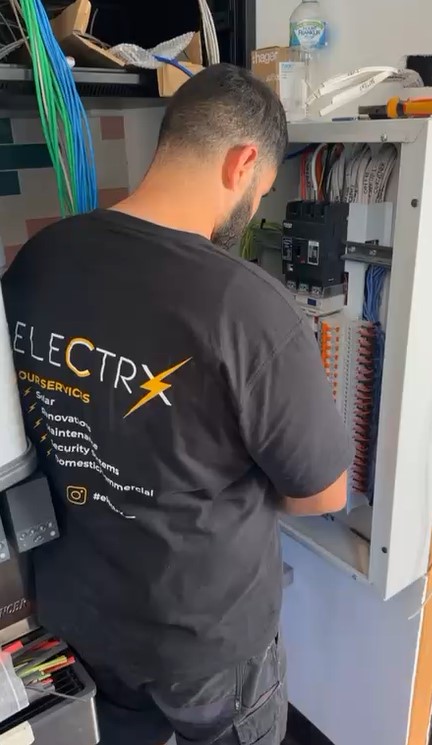
Request Your Complimentary Quote Today!
Learn More About Our Free Electrical Inspections

Frequently Asked Questions Regarding Blown Fuse Boxes and Their Associated Problems
Can I replace a fuse wire on my own?
NO. In Victoria, replacing or rewiring ceramic fuses is classified as electrical work and must be performed by a licensed electrician to ensure safety and compliance with regulations.
Is a blown fuse dangerous?
Yes, it can be particularly hazardous if the underlying cause is a short circuit or overload. If left unaddressed, these issues can escalate into serious fire hazards or electric shock risks.
What is the average cost to repair a blown fuse box?
Basic repairs generally start at a few hundred dollars. If a complete upgrade is necessary, we will provide you with a transparent, fixed quote prior to commencing any work.
Do you offer emergency services after hours?
Yes, we provide 24/7 emergency services to handle blown fuses and restore your power safely and efficiently.
Get Your Free Quote Today!
Inquire About Our Complimentary Electrical Inspections

The Article: Blown Fuse Box: Essential Tips and Next Steps first appeared on https://writebuff.com
The Article Blown Fuse Box: Key Tips and Actions to Take Next Was Found On https://limitsofstrategy.com

